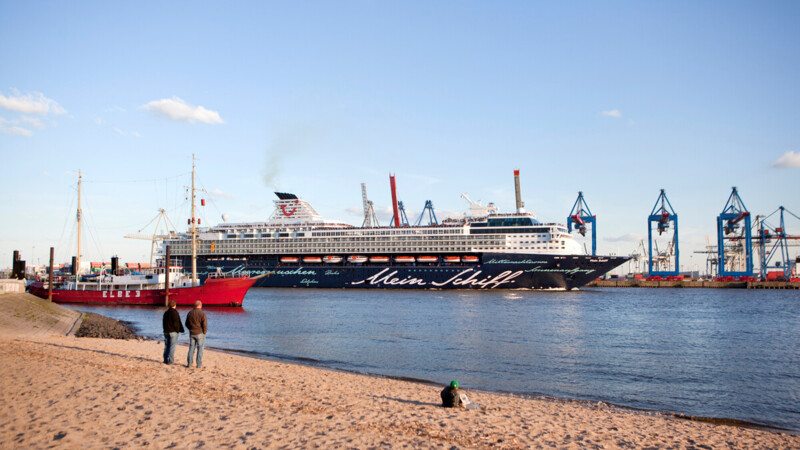Germany's largest seaport is now over 72 km2 in size and Europe's third-largest in terms of container throughput after Rotterdam and Antwerp. It also forms the largest contiguous industrial area in Europe. In 2019, around 606,700 employees across Germany were linked to the Port of Hamburg and around 114,400 jobs were directly or indirectly dependent on it. Port-related employment led to around EUR 9.8 billion in added value and revenues of EUR.57 billion, according to a study in February 2021. "The importance of the Port of Hamburg was evidenced during the pandemic when 24/7 operations ensured that Germany was supplied with medical products," Meier stressed.
The Port of Hamburg takes up one-tenth of Hamburg’s entire area and is likely to grow by a whopping 26.4 hectares as its expansion takes shape on Steinwerder Island. Construction is due to start there in the second half of 2023. "Steinwerder South is one of the key land reserves for developing the port. The approval of the redevelopment is now pending after three years of deliberations. We will prepare the site and select the future users as soon as a zoning decision has been reached," said Jens Meier, Chief Executive Officer of Hamburg Port Authority (HPA).
Importance of port
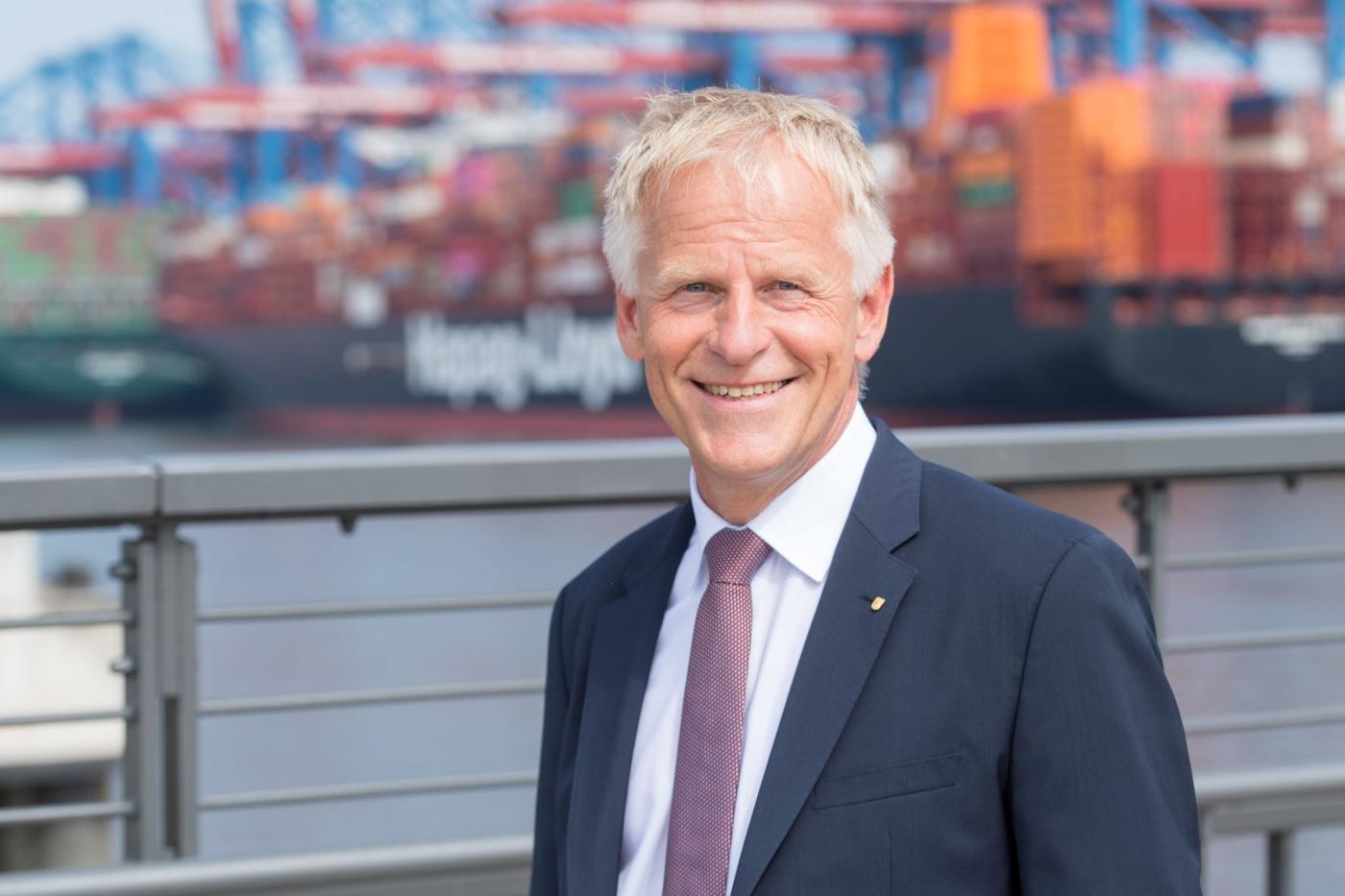
Crucial logistics hub
The port is also highly important for southern and south-eastern Europe, he added. "Goods from and for the Czech Republic, Slovakia, Hungary or Austria are exported and imported via the Port of Hamburg." And that benefits the entire Hamburg Metropolitan Region, Meier said, adding: "The port is both a key logistics hub for goods of all kinds. A considerable share of those goods remain in Hamburg and the immediate vicinity for consumption or processing." China continues to be its main trading partner with container throughput of slightly under 2.6 million TEU in 2021 followed by the United States with 0.58 million TEU and Singapore with 0.40 million TEU in third place. That aspect should be accounted for in talks about Cosco's 24.9 per cent stake in the Tollerort container terminal, Meier stressed.
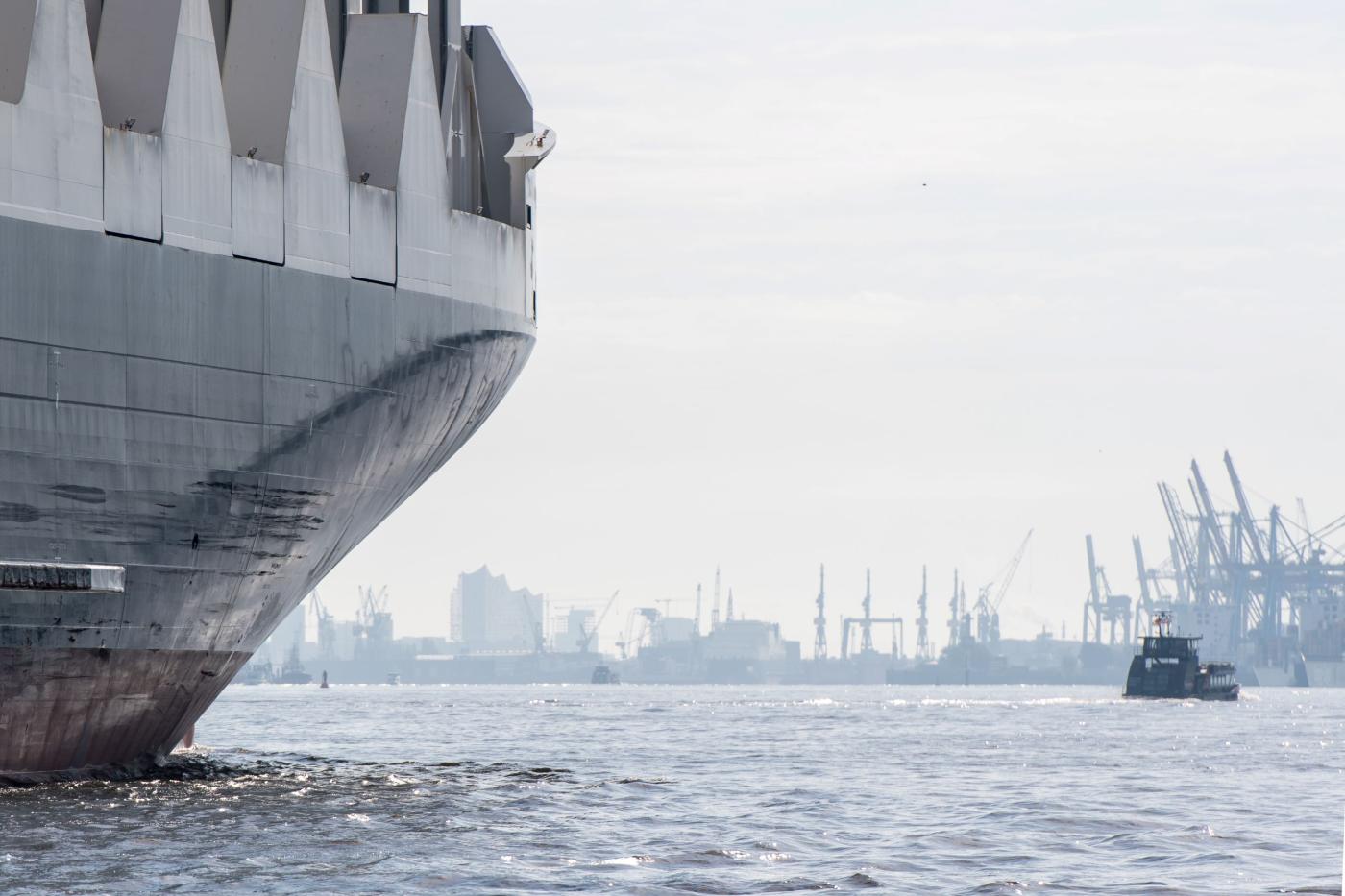
Port reflects global trade
"The port has remained independent for over 800 years and will continue to do so. But it also reflects global trade with China. We are thus pleased with the German government's decision to allow HHLA to enter the transaction and generate the proceeds needed to invest in the Port of Hamburg's competitiveness." Admitting Cosco to the terminal does not involve access to traffic control, said Meier. "The infrastructure will remain with HPA and thus the property of the Free and Hanseatic City of Hamburg," Meier said. Hamburg and China have had trade links since the 18th century. Yet, alternative routes must be examined as well as stronger trade relations to ensure the Port of Hamburg remains independent. "That's another reason why I am pleased about the Comprehensive Economic and Trade Agreement (CETA) agreement," he added.

Expanding trade relations
The free trade agreement will bring European and Canadian economies closer together and eliminate around 98 per cent of all tariffs between the bloc and Canada. European companies gain improved access to the Canadian market and SMEs will have lower costs thanks to common rules. Canada has been a major supplier of raw materials to Germany for years, and the country is now planning to mine rare earths. "The Port of Hamburg would benefit significantly from more intense German-Canadian trade relations," Meier pointed out.
Port - testing ground for forward-looking technologies
Digitalisation is essential for securing the future of the Port of Hamburg, said Meier. To this end, HPA is testing various approaches such as virtual worlds, sensor technology, simulations or digital twins, i.e., the digital image of a real object in 3D. "The Port of Hamburg is a real laboratory that allows us to combine innovations with established structures." Simulations in a digital twin, for instance, let us play out various evacuation scenarios and to test different strategies for dealing with a virtual fire or storm surge. But digital twins can also be used to plan new land settlements and structures and for predictive maintenance. HPA is also testing Spot, the robotic dog, to inspect bridges and first used the robot last May to detect damage to the Köhlbrand Bridge.
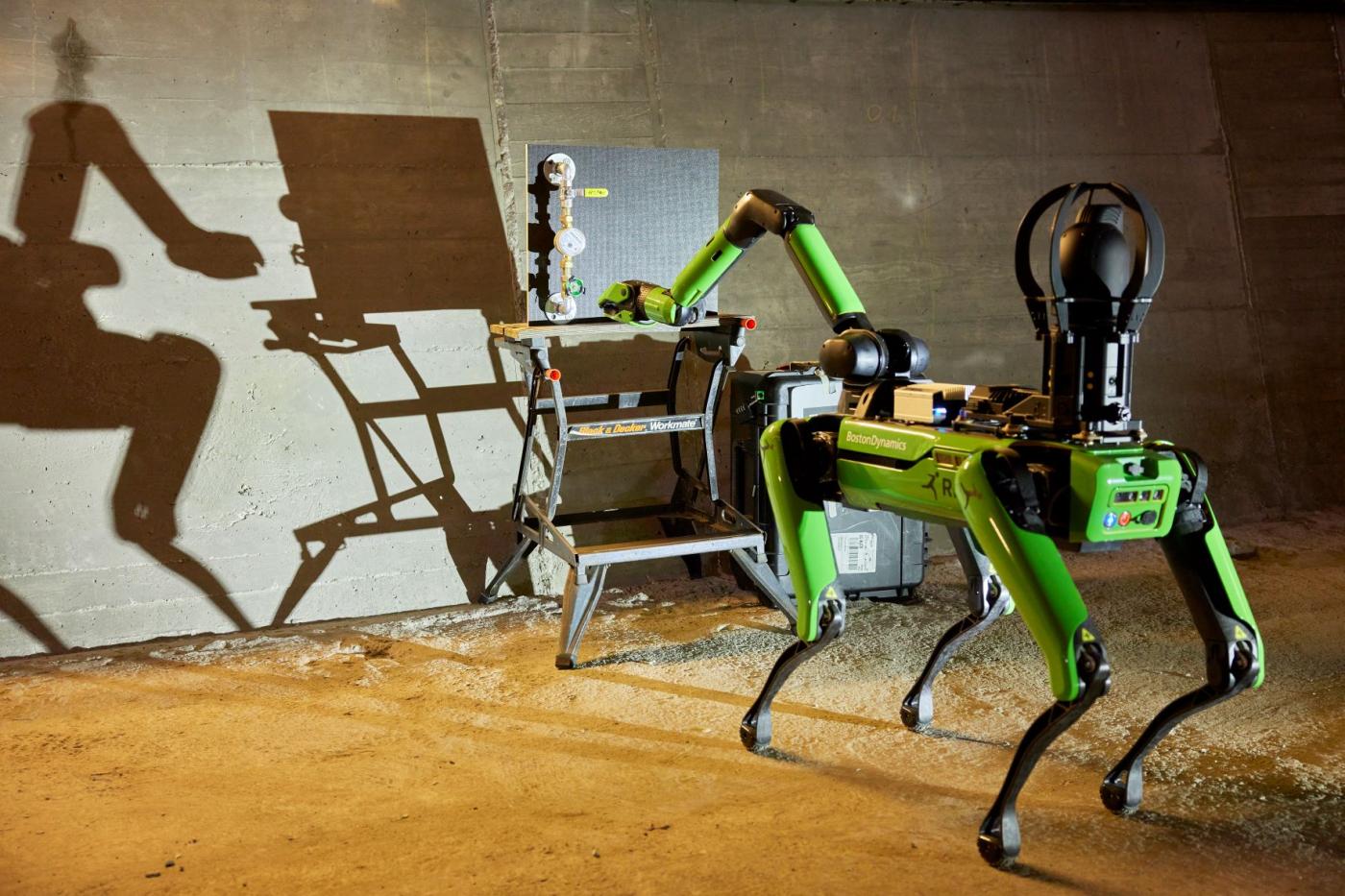
More sustainability thanks to digitalisation
Digitalised port traffic can also lower emissions, Meier noted. Intelligent traffic lights improve the flow of traffic and reduce fuel consumption which in turn lowers CO2 emissions. Around 12,000 to 14,000 lorries pass through the port every day. HPA took this approach in 2015 as part of the smartPORT Traffic Light project. Thanks to improved sensors for road traffic and increasingly powerful computers, quantum technology is now opening up new possibilities. The Mobility Optimization, Digital-Twin Analysis in Real-time Traffic (MOZART) project aims to synchronize vehicles and traffic lights in real time and prioritises grouped lorries to avoid braking and acceleration. "Intelligent traffic light control can increase traffic flows by 10 to 20 per cent," Meier said.
Port of Hamburg pioneering onshore electricity
HPA is expanding the supply of onshore electricity to achieve targets set out by the Clean Air Plan for Hamburg and climate neutrality by 2040. The first onshore power system for cruise ships was commissioned in Altona in 2016, and more are planned at the Steinwerder and HafenCity terminals. Passenger ships have availed of green electricity at Landungsbrücken since July 2021 and onshore systems are being built at the Burchardkai, Tollerort (both HHLA) and Predöhlkai (Eurogate) container terminals. Hamburg will be the first European port to offer cruise ships and large container ships onshore power from 2023.
ys/pb
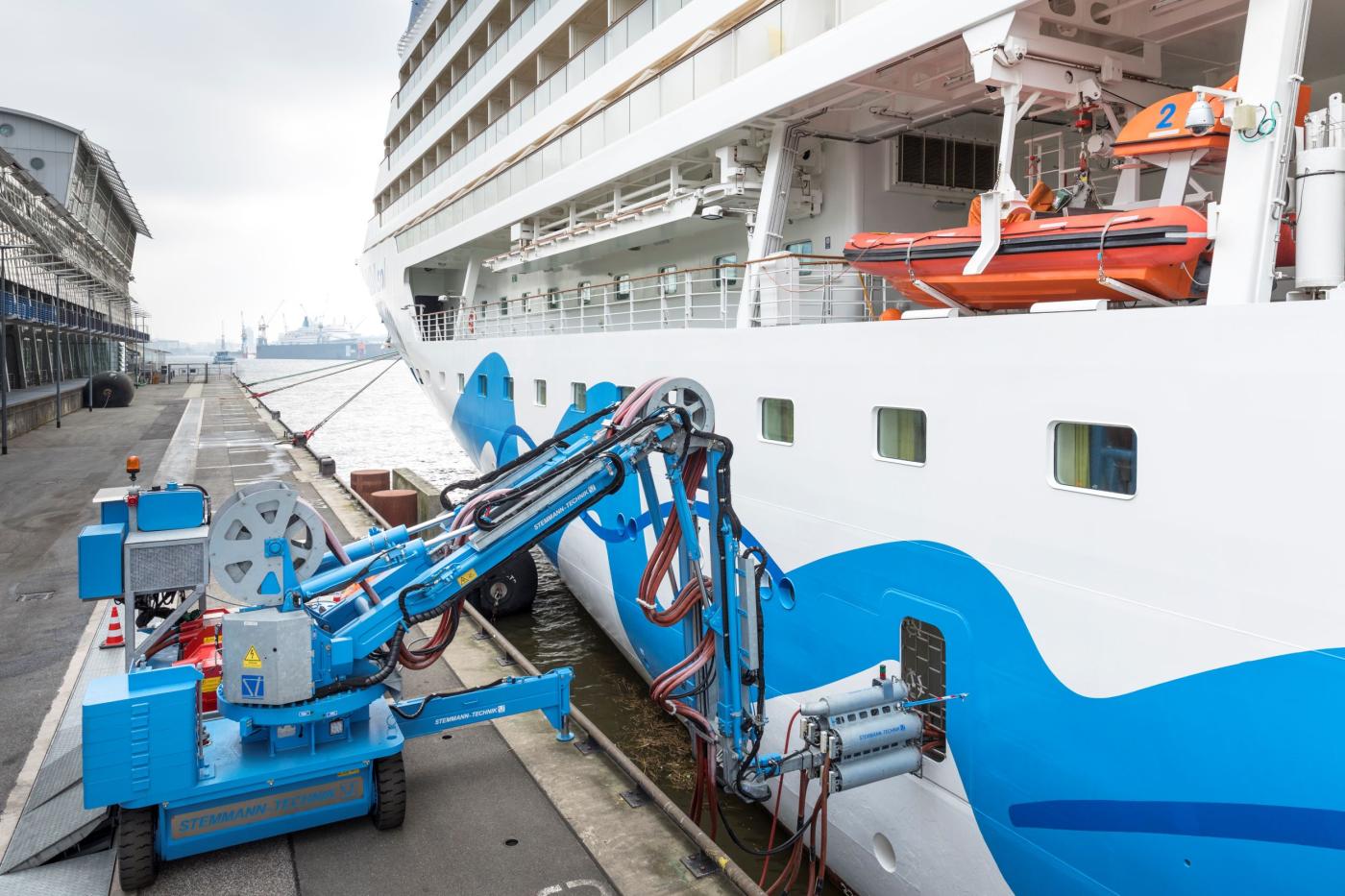
Read the other parts in our series:
Hamburg becoming even more resilient economic centre
1) Where is the media centre Hamburg heading?
2) Energy crisis driving switch to renewables
Sources and further information
More
Similar articles
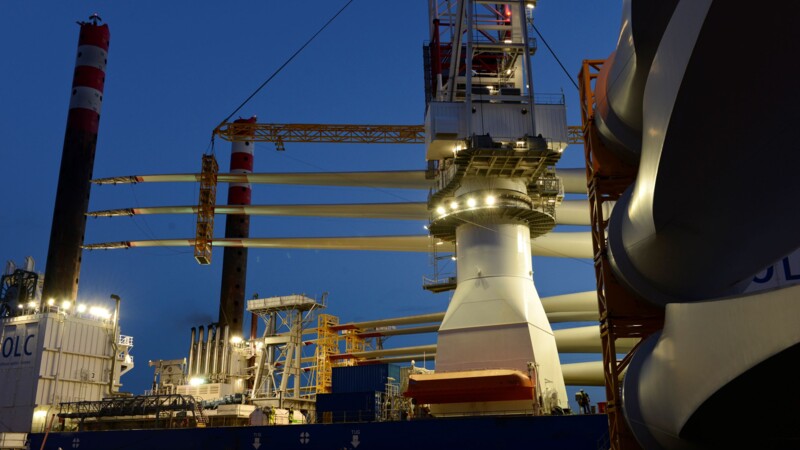
Energy crisis driving switch to renewables
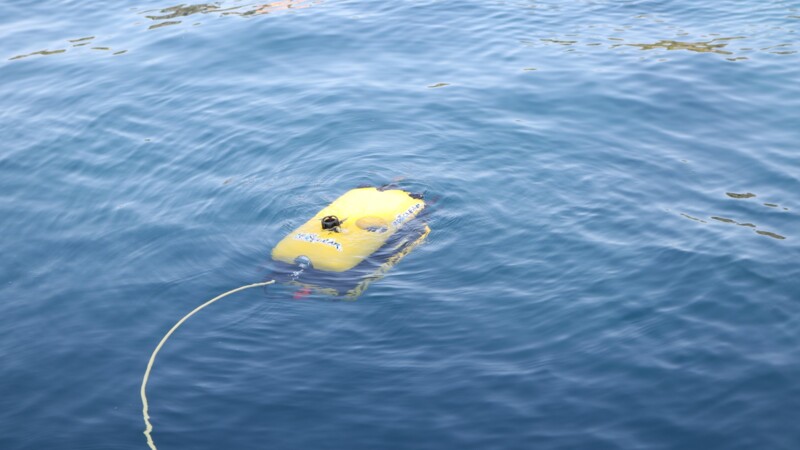
SeaClear 2.0 to focus on cleaning sea surfaces

Port of Hamburg to get Germany's first green ammonia terminal
